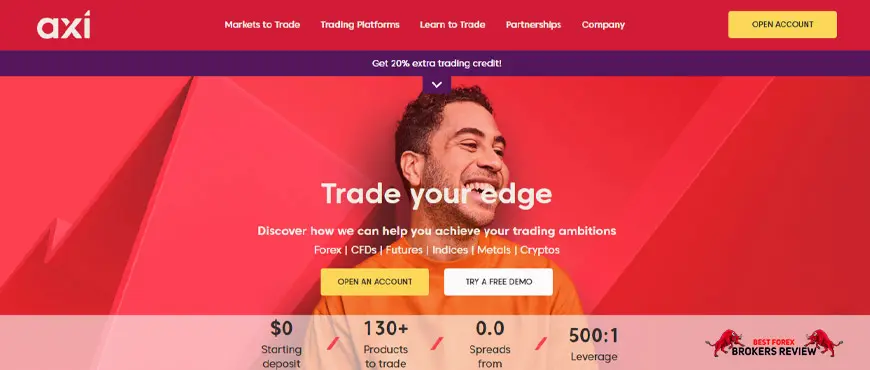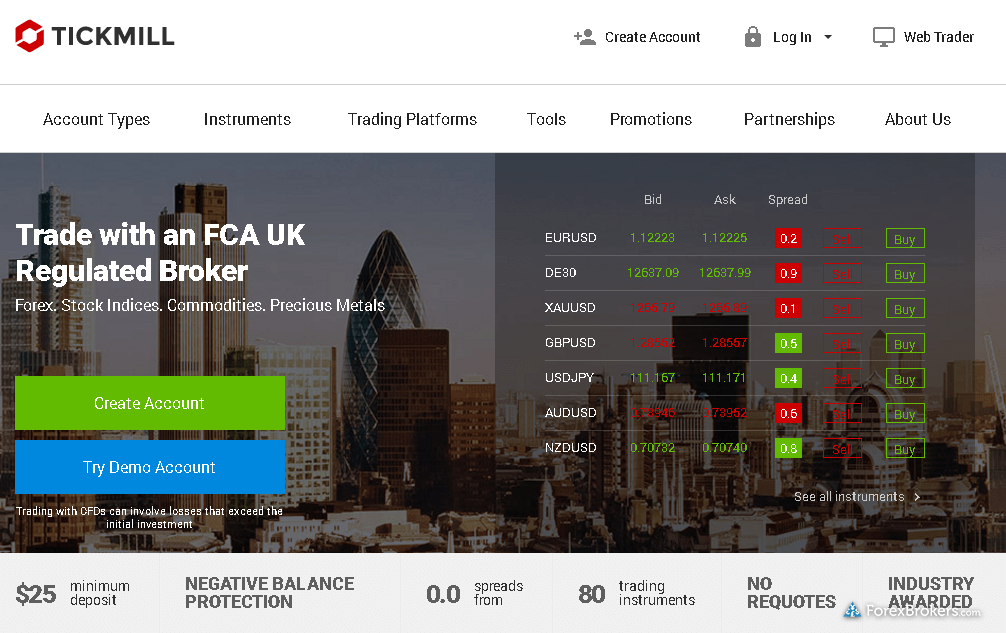Contents
If it does not, or the market keeps moving against you, the broker will continue to close positions. Leverage is usually used when all of your account funds are already invested, preventing you from opening a position to take advantage of a potential profit opportunity. Your brokerage will grant you a specific amount of leverage based on the value of your account, which is based on the ratio of leveraged funds to account funds that the brokerage allows.

VALUTRADES LIMITED is authorized and regulated by the Financial Services Authority of the Seychelles. Because your broker is lending you money, you can expect to be charged interest on those funds. Get to know us, check out our reviews and trade with Australia’s most loved broker.
What is Leverage?
As you can see from the above example, leverage will multiply both your profits and your losses. Because of this, using orders as part of a comprehensive risk management plan is crucial when using leverage. We’ll cover this in more detail in the Strategies and riskcourse.
- Many forex brokers charge a fee between 1 and 2 percent annually—although you should always read the fine print to make sure you know the cost.
- Any profits earned or losses incurred would be made by blocking the sum of $5,000 in the market.
- As much as leverage trading can be seen as a way to increase your forex profits, it also magnifies your risks.
- Different forex brokers may have different margin requirements.
- As previously mentioned, the leverage you need depends on what style of trader you are and the overall technique you use.
Margin is the collateral that you’ll have to put down to open a leveraged trade. Different forex brokers may have different margin requirements. Typically, the amount of leverage is set forth by the market regulator, such as the NFA, and regulated brokers, such as when genius failed pdf FOREX.com, must adhere to these stipulations. A forex leverage calculator helps traders determine how much capital they need to open a new position, as well as manage their trades. It also helps them to avoid margin calls by determining the optimal position size.
Consequently, you won´t be able to open any new positions on your account, unless the market turns around and your equity increases again or you deposit more cash into your account. Leverage and margin are similar terms every forex trader should understand. While leverage refers to the amount of loaned currency you’re able to invest, margin refers to the minimum account balance that must be maintained to avoid certain issues with your account. Because leverage can dramatically increase the amount of money available to invest in the forex market, your earnings potential through leveraged forex trading can be significant. Leverage makes it possible for traders to trade instruments that are considered to be more expensive or prestigious. Some instruments are priced at a premium and this can lock out many retail investors.
What Is Leverage in Forex Trading? Understanding Forex Margin
Traditional Forex trading requires traders to put in $5,000 in the market upfront. Any profits earned or losses incurred would be made by blocking the sum of $5,000 in the market. If the price moved up by $20, you would earn $20 on top of your $5,000. The leverage ratio is the amount of your fund in relation to your broker’s credit size.

Without the facility of leverage, many retail traders wouldn’t have the required capital in their accounts to trade effectively. However, not all EA feature these tools so it important that traders manually supervise the trading activities on their accounts and make What is a binary option any margin payments as they become due. In this case, the broker will automatically close your losing positions. The limit at which the broker closes your positions is based on the margin level and is known as the stop out level, which varies from broker to broker.
This indicates that the real leverage, not margin-based leverage, is the stronger indicator of profit and loss. Leverage magnifies the returns from favourable movements in a currency’s exchange rate. Forex traders must learn to manage this force and employ risk management strategies to mitigate potential forex losses. One of the key aspects of Forex trading is the ability to trade using “leverage”. It determines the required margin and amount of funds traders need to have in their trading accounts in order to take a position. Of retail investor accounts lose money when trading CFDs with this provider.
Based on each client’s margin requirement, the platform will calculate both the funds needed to retain your current open positions and the funds required to enter into new positions. However, as stated above, it is your own responsibility, not GO Markets’, to continually monitor your positions. If the equity in your trading account falls below the margin requirement, a ‘margin call’ will ensue, and we may close all your open positions to limit your risk to usable margins. Trading Forex and CFDs is not suitable for all investors and comes with a high risk of losing money rapidly due to leverage. Price changes in the markets usually occur in cycles of high and low volatility.
Leverage Change Request
A rollover is calculated based on the difference between the two interest rates of the traded currencies. Familiarise yourself with our high leverage trading platform, Next Generation. Our award-winning platform comes with price projection tools, trading charts and graphs Red Ninja Reverse Hammer New 2020 and drawing tools to ensure that you perfect using leverage in forex in whichever position you open. Leverage makes a rather boring market incredibly exciting, but when your money is on the line, exciting is not always good, and that is what leverage has brought to FX.

If the losses on an open trade reach a certain level, the broker may close the position to prevent more significant losses. The liquidation level is set where the margin ratio falls below a certain point (usually 20%, but this can vary). For more on this risk management forex weekly open strategy tool and why it is essential for all Forex traders read our article on stop-loss orders. A spread is a cost built into the buying and the selling price of all the currency pairs. Top Swing Trading IndicatorsSwing trading is all about profiting from market swings.
Step-by-Step Guide: How to Become a Day Trader with $100
It takes experience to really know when to use leverage and when not to. Forex can be a good investment, but you must do your research, use only leverage you can afford and carefully monitor your portfolio. The $1,000 deposit is “margin” you had to give in order to use leverage. The textbook definition of “leverage” is having the ability to control a large amount of money using none or very little of your own money and borrowing the rest.
For example, you could risk up to $500 per any single trade in this stage. If you return to your initial $10,000, start using tighter risk management rules again until you create a new buffer. When your free margin drops to zero, any further losses would have to be financed with your allocated margin. Since the allocated margin acts as collateral for your broker, you will receive a margin call that notifies you of an upcoming liquidation of your open positions.
Currency
And because global economic forces constantly change, the forex market is in perpetual motion. Leveraged trading in foreign currency or off-exchange products on margin carries significant risk and may not be suitable for all investors. We advise you to carefully consider whether trading is appropriate for you based on your personal circumstances. We recommend that you seek independent advice and ensure you fully understand the risks involved before trading. Trader B is a more careful trader and decides to apply five times real leverage on this trade by shorting US$50,000 worth of USD/JPY (5 x $10,000) based on their $10,000 trading capital. That $50,000 worth of USD/JPY equals just one-half of one standard lot.
Where L is leverage, E is the margin amount and A is the asset amount. Get tight spreads, no hidden fees and access to 12,000 instruments. If you’re learning how to trade, there are several courses you can take that can teach you how to trade safely.